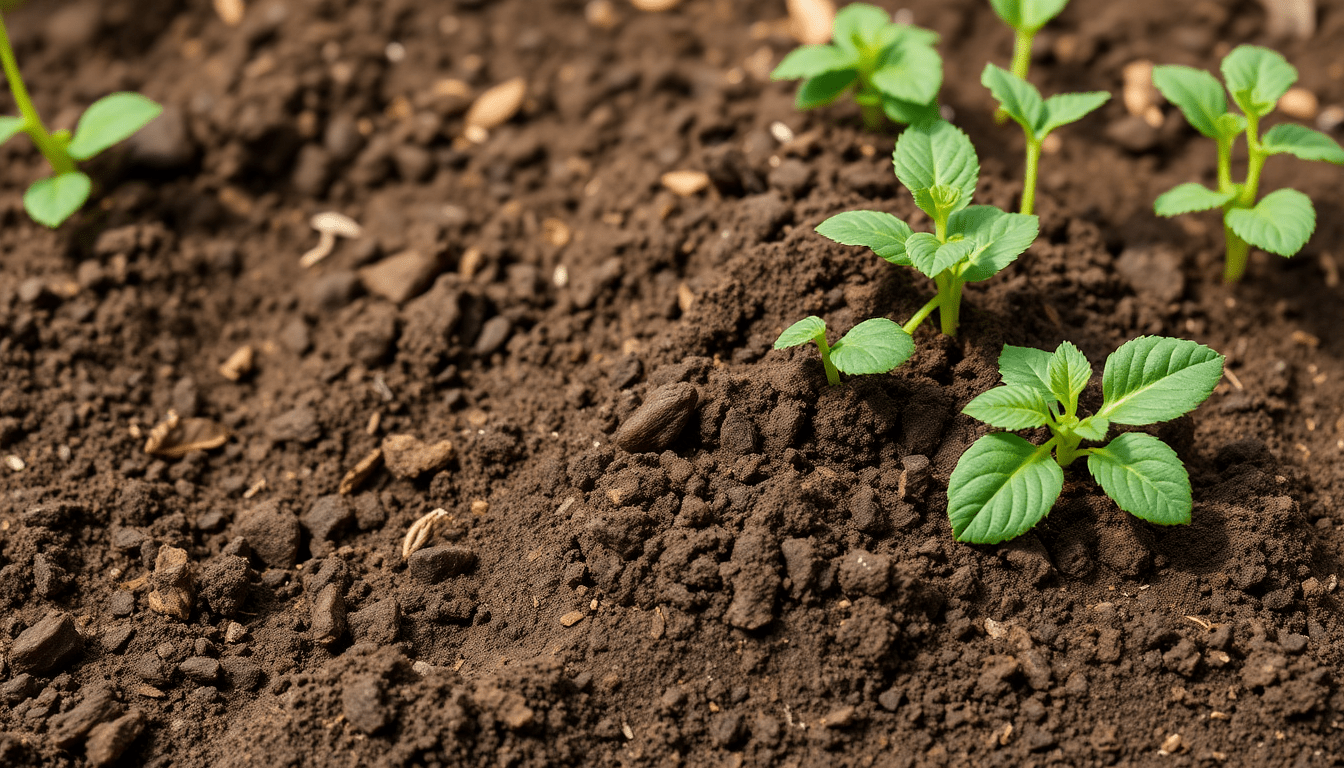
Microbial Cycling from Gut to Soil: How Composting Human Excrement Rebuilds Soil Microbiomes
Microbial Cycling from Gut to Soil: Composting Human Excrement Rebuilds Soil Microbiomes
Understanding the connection between the gut microbiome and soil microbiome axis reveals an exciting relationship that impacts both human health and the environment. This axis highlights the continuous cycle where microbes move from our gut to the soil, especially through composting human waste. Recognizing this link shows how caring for our gut health can also promote healthier soils, creating a natural balance beneficial to life.
Understanding the Gut Microbiome
The gut microbiome consists of trillions of microorganisms living in the digestive system. These microbes help break down food, synthesize vitamins, and protect against harmful bacteria. A balanced gut microbiome supports digestion, immunity, and even mental health.
Different individuals host unique microbial communities that influence their overall well-being. Changes in diet, lifestyle, or antibiotics can affect gut health, making it essential to nurture this invisible ecosystem.
Soil Microbiomes and Their Role
In much the same way, soil hosts a diverse community of microbes that form the soil microbiome. These include bacteria, fungi, and other microorganisms vital for soil health.
Soil microbiomes help break down organic matter, recycle nutrients, and improve soil structure. They support plant growth by aiding nutrient absorption and protecting roots from diseases. Healthy soil microbiomes lead to more resilient crops and a sustainable environment.
The Compost Microbiome Transition
Composting human waste, often called excrement composting, is where these two microbiomes connect directly. During composting, microbes from human excrement transition and adapt to the soil environment.
The process involves aerobic decomposition, where microbes break down organic material under oxygen-rich conditions. The gut microbes gradually reduce in number, while those suited to soil thrive and multiply. This compost microbiome transition transforms waste into nutrient-rich compost that enriches the soil.
Excrement Compost Research
Research on composting human waste has shown promising results. Studies confirm that properly managed composting eliminates pathogens, making the end product safe for use.
Research also highlights improved soil quality and microbial diversity after adding human excrement compost. This richness enhances nutrient cycling and soil fertility. Scientists observe increased populations of beneficial microbes that promote plant health and reduce the need for chemical fertilizers.
Benefits of Composting Human Excrement
The human excrement compost benefits extend beyond just waste disposal. This method supports soil regeneration by returning essential nutrients like nitrogen, phosphorus, and potassium back to the earth.
Microbial nutrient cycling benefits as composted human waste stimulates microbes responsible for breaking down organic matter and recycling nutrients. This natural process keeps the soil productive and fertile.
Additionally, composting human waste reduces environmental pollution and greenhouse gas emissions compared to traditional waste management methods. It also lowers reliance on synthetic fertilizers, promoting sustainable agriculture.
Practical Steps for Microbial Cycling from Gut to Soil
Individuals interested in promoting this microbial cycling can take safe and responsible actions. Setting up a properly managed composting system is key. This includes maintaining adequate oxygen levels, temperature control, and moisture.
Using dedicated compost toilets or sealed containers helps collect human waste hygienically. Adding carbon-rich materials like leaves or sawdust balances the compost mix. Regular turning ensures even decomposition and prevents odors.
Promoting a healthy compost microbiome involves avoiding harmful chemicals and non-biodegradable materials. Patience is essential since composting can take several months to fully mature and become safe for garden use.
Conclusion
The gut microbiome to soil microbiome axis forms a natural cycle linking human health with soil vitality. Composting human waste is a powerful way to close this cycle, transforming waste into valuable, life-supporting soil nutrients.
By embracing this practice, we not only improve soil regeneration and microbial nutrient cycling but also contribute to a healthier environment. InnerBuddies supports this understanding by helping you discover your gut microbiome with personalized guidance, encouraging better gut and soil health through mindful living.
Taking the first step today with InnerBuddies can deepen your connection to this microbial cycle, fostering well-being from the inside out.

